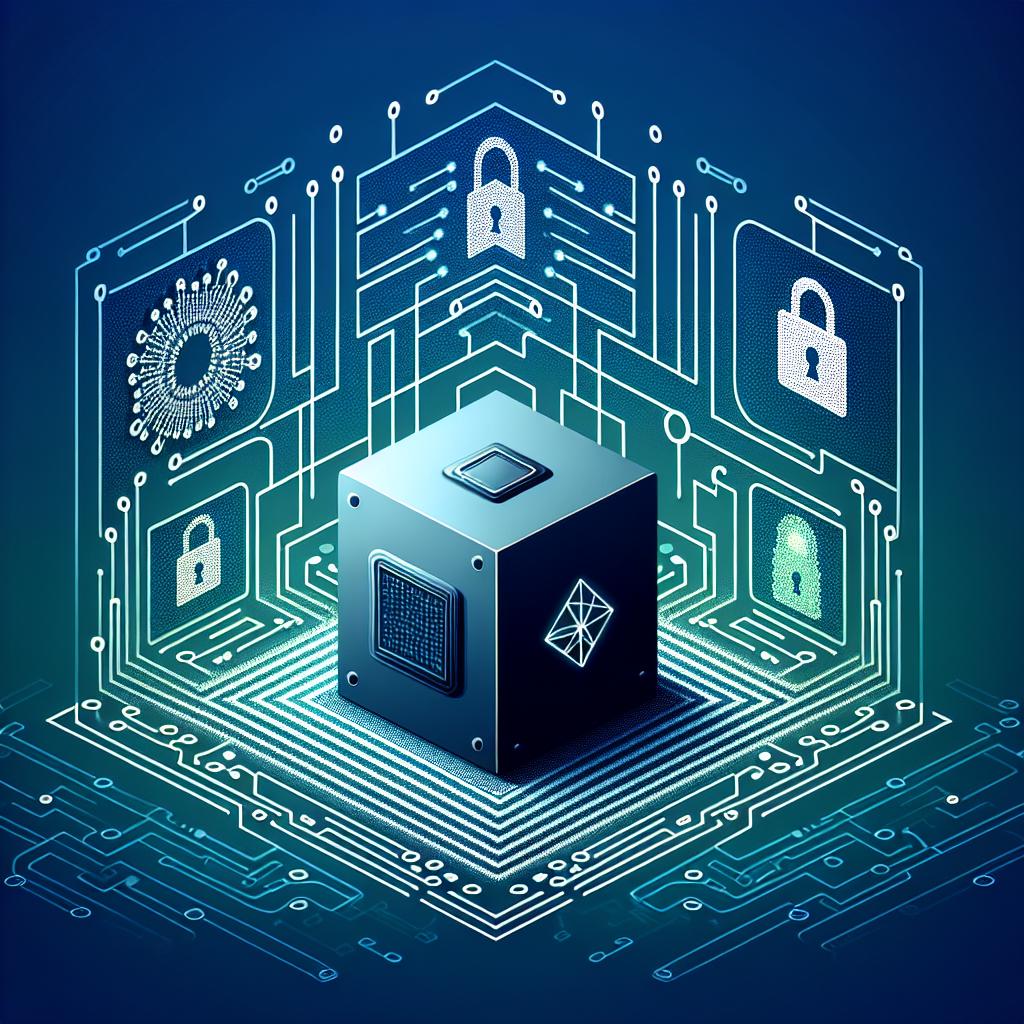As we stand on the brink of a new technological revolution, the advent of quantum computing is set to redefine the landscape of cybersecurity. The implications of quantum technology extend far beyond mere computational power; they challenge the very foundations of how we secure our digital assets. In this blog post, we will explore the future of website security in the quantum era, examining the potential threats posed by quantum computing and the innovative solutions being developed to counteract these challenges.
Understanding Quantum Computing
Quantum computing leverages the principles of quantum mechanics to process information in fundamentally different ways than classical computers. While classical computers use bits as the smallest unit of data (0s and 1s), quantum computers utilize qubits, which can exist in multiple states simultaneously. This capability allows quantum computers to perform complex calculations at unprecedented speeds, making them particularly adept at solving problems that are currently intractable for classical systems.
The Threat to Current Cryptographic Standards
One of the most significant implications of quantum computing is its potential to break widely used cryptographic algorithms. Many of the encryption methods that secure our websites today, such as RSA and ECC (Elliptic Curve Cryptography), rely on the difficulty of certain mathematical problems. For instance, RSA's security is based on the challenge of factoring large prime numbers, a task that quantum computers could accomplish in polynomial time using algorithms like Shor's algorithm.
As quantum computers become more powerful and accessible, the risk of these algorithms being compromised increases. This poses a serious threat to the confidentiality and integrity of data transmitted over the internet, including sensitive information such as personal details, financial transactions, and proprietary business data.
The Need for Quantum-Resistant Cryptography
In response to the looming threat of quantum computing, the cybersecurity community is actively researching and developing quantum-resistant cryptographic algorithms. These algorithms are designed to be secure against both classical and quantum attacks, ensuring that sensitive data remains protected even in a post-quantum world.
The National Institute of Standards and Technology (NIST) has been at the forefront of this effort, initiating a process to evaluate and standardize post-quantum cryptographic algorithms. The goal is to create a new suite of cryptographic standards that can withstand the capabilities of quantum computers. Some promising candidates include lattice-based cryptography, hash-based signatures, and multivariate polynomial cryptography.
Transitioning to Quantum-Resistant Solutions
Transitioning to quantum-resistant cryptography is not a simple task. Organizations must assess their current security infrastructure, identify vulnerabilities, and implement new algorithms without disrupting existing operations. This process involves several key steps:
-
Assessment of Current Systems: Organizations need to conduct a thorough audit of their existing cryptographic protocols and identify which ones are vulnerable to quantum attacks.
-
Research and Development: Investing in research to understand the implications of quantum computing on their specific use cases is crucial. This may involve collaborating with cybersecurity experts and cryptographers.
-
Pilot Programs: Before a full-scale implementation, organizations should consider running pilot programs to test the effectiveness and compatibility of quantum-resistant algorithms within their systems.
-
Education and Training: As new technologies emerge, it is essential to educate staff about the importance of quantum security and the changes being implemented.
-
Continuous Monitoring: The landscape of quantum computing and cybersecurity is rapidly evolving. Organizations must stay informed about advancements in quantum technology and adapt their security measures accordingly.
The Role of Quantum Key Distribution (QKD)
In addition to developing quantum-resistant algorithms, another promising approach to enhancing website security in the quantum era is Quantum Key Distribution (QKD). QKD uses the principles of quantum mechanics to create secure communication channels. It allows two parties to generate a shared, secret key that is provably secure against eavesdropping.
The unique feature of QKD is that any attempt to intercept the key will disturb the quantum states being transmitted, alerting the parties involved to the presence of an eavesdropper. While QKD is still in its infancy and faces challenges such as distance limitations and implementation costs, it holds great potential for securing sensitive communications in a quantum future.
Conclusion
The future of website security in the quantum era presents both challenges and opportunities. As quantum computing technology continues to advance, the cybersecurity landscape must evolve to address the vulnerabilities that arise. By investing in quantum-resistant cryptography, exploring innovative solutions like QKD, and fostering a culture of security awareness, organizations can better prepare themselves for the quantum challenges ahead.
As we navigate this transition, it is crucial for businesses, governments, and individuals to remain vigilant and proactive in safeguarding their digital assets. The quantum era is not just a threat; it is also an opportunity to rethink and strengthen our approach to cybersecurity for a more secure digital future.



